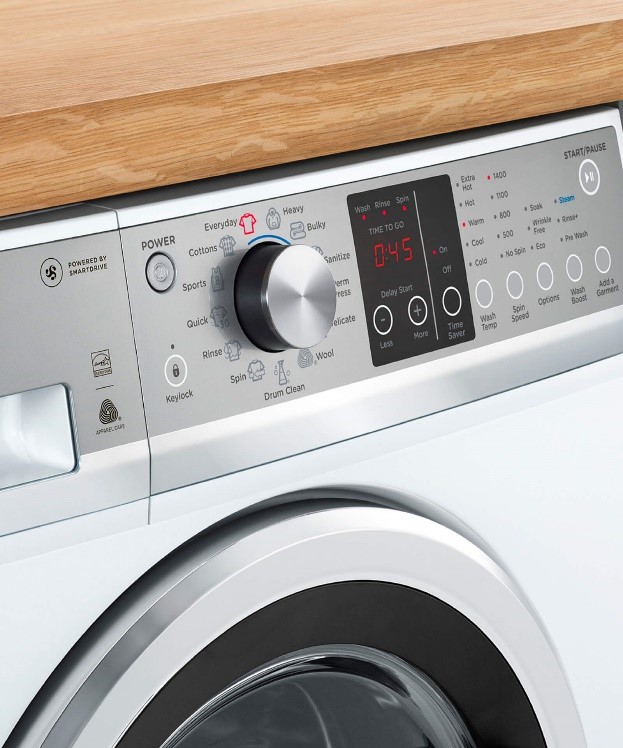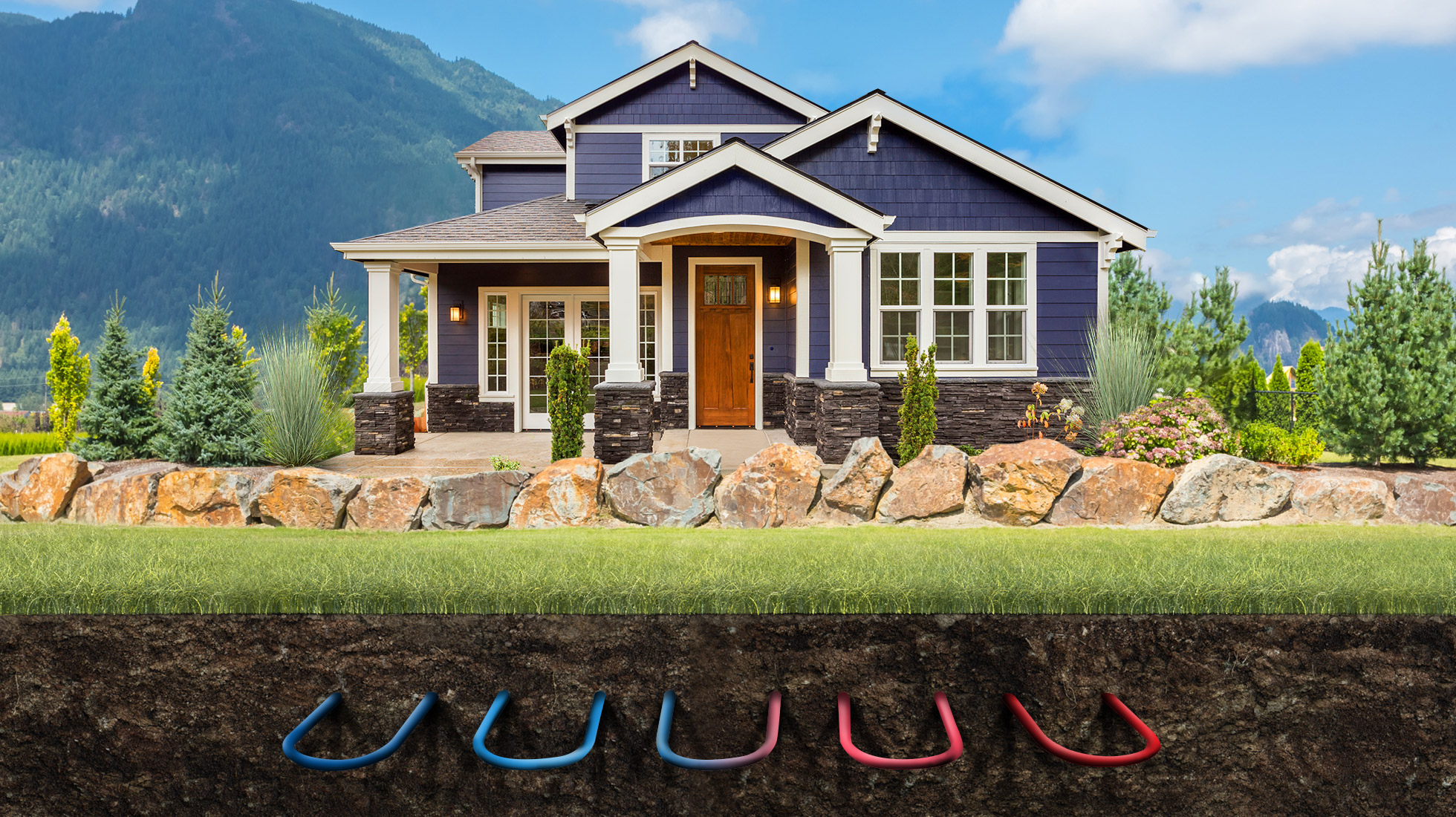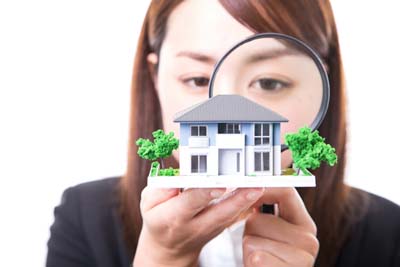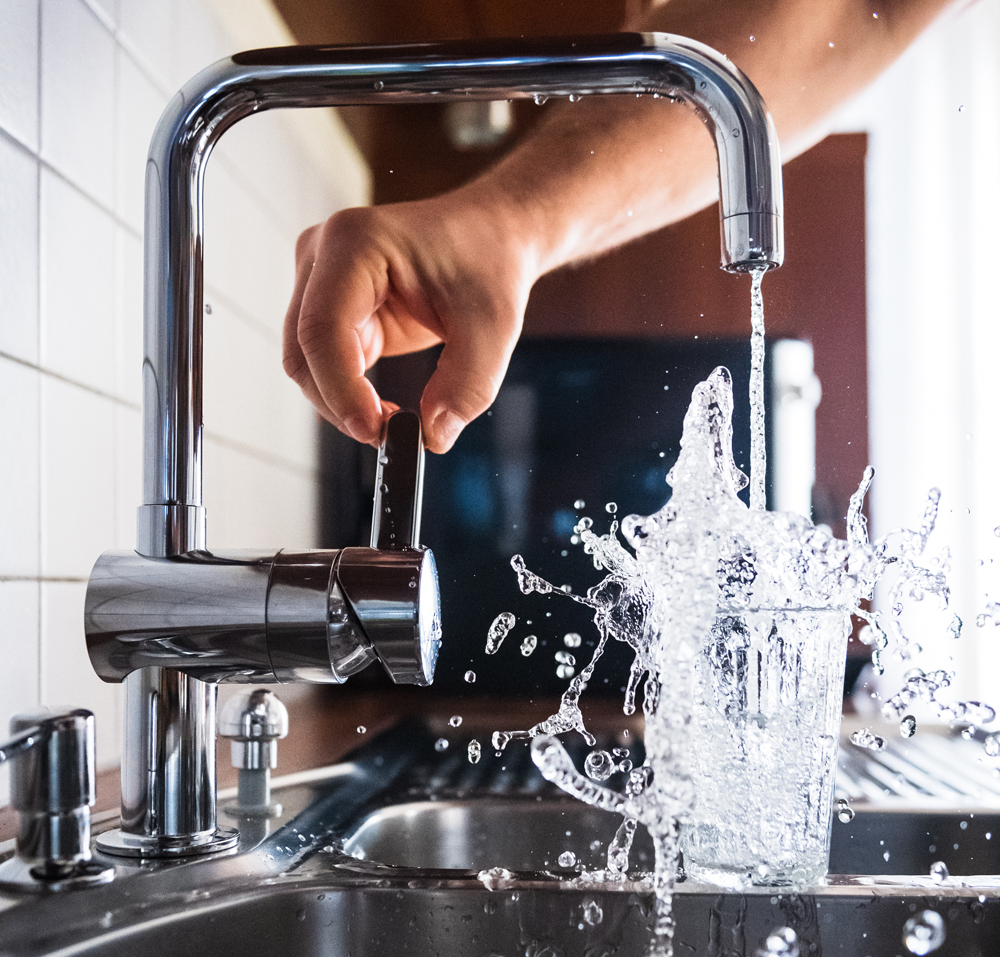20 September 2022, 21:34
By
Vlera Bajraktari, Sustainability writer for Realty Sage.
Disclosure: This post contains affiliate links, which means we may receive a commission if you click a link and purchase something that we have recommended.
Increasing rates may have you thinking that you will be priced out of buying a home. But if you select the right home, you may end up saving money each month.
How Interest Rates Impact Your Monthly Payments

Interest rates definitely impact the ability of a buyer to purchase a home. For example, a home loan of $500,000 USD, with an interest rate of 5%, would mean that the buyer would pay approximately $2,684 per month for their loan. As interest rates increase, a 6.8% interest rate on the same loan amount, would increase the monthly payments to $3,260 -- a difference of $576 per month!
Buyers should know that there are options to "buydown" their interest rate, including asking the seller to help with the costs, as part of their closing costs.
Find more information on a "buydown."
But in addition to adjusting your interest rate, you can save money on your monthly homeownership costs in many other ways!
How to save hundreds of dollars each month.
Look for homes which are energy efficient:
Energy efficient homes can save you around 20%-50% on your home’s energy bills. That means that if the average energy cost in your area is around $300 per month, you may save up to $150/ month with an energy efficient home.
Here’s what to look for when buying an energy efficient home:
 Insulation and air sealing
Insulation and air sealing
EPA estimates that homeowners can
save an average of 15% on heating and cooling costs (or an average of 11% on total energy costs) by air sealing their homes and adding insulation in attics, floors over crawl spaces, and accessible basement rim joists. Options like c
ellulose blown-in insulation or f
ormaldehyde-free insulation are not only cost-effective but also eco-friendly. When looking at homes for sale, ask your agent what kinds of insulation the home has. They can ask the seller to provide details.
Energy efficient windows
25-30% of a home’s heating and cooling energy use is lost through windows. Buying a home with energy efficient windows can reduce heat gain and heat loss, making your future home more comfortable and cheaper to heat or cool. Energy efficient windows can also help reduce condensation, cold spots, and noise pollution, protect furniture from the sun’s rays, and make your house more secure. One of the most important decisions regarding energy efficient windows is the selection of the glazing--double or triple glazing are the best options. Select windows with both, low U-value factors and low SHGCs, to maximize energy savings in temperate climates with both hot and cold seasons.
Buy a home with energy efficient appliances or add them when you move in!

Major appliances play a large role in your home's energy consumption. That’s why one of the easiest ways to lower your energy bill (and reduce your carbon footprint) is by utilizing energy-efficient appliances. Looking for Energy Star certified products is a great way to ensure that that product will save energy, save money and protect the environment. Energy Star certification is available in more than 75 product categories. Depending on the number and type of appliances you purchase, you can expect to save anywhere between 9 to 50% on your monthly energy bills. New
Energy Star certified refrigerators can
save more than $220 over a 12-year lifetime.
Energy Star dryers can deliver
$245 in lifetime savings. And you can double that with an
Energy Star rated clothes washer.
Get rebates on Energy Efficient Appliances
There are also rebates that you can use to purchase new appliances and systems once you buy your home.
Green Financing Options
Buy a Smart Home
A smart home has many elements that collectively can save you a noticeable amount of money-- every month.
Smart thermostats: A home installed with a smart thermostat helps cut down on unnecessary heating and cooling. An Energy Star certified smart thermostat can
reduce your heating and cooling bill by more than 8% and save you about $50 a year, on average. If your home is unoccupied much of the day, an Energy Star certified smart thermostat can save approximately $100 a year. They also help avoid any discomfort by returning temperatures to normal before you wake or return home.
Buy a smart thermostat
Smart lights: The
US Department of Energy says that LED bulbs use at least 75% less energy and last 25 times longer than incandescent lighting. That will save you
$8.33 each month!
Smart lighting is another innovative technology designed for energy efficiency. You can automatically dim the light, adjust the color temperature or control the correct amount of daylight. This way you will save money, increase convenience and safety, and improve your health.
Here are some smart lights ideas:
Smart light bulbs like Philips Hue or Wyze are the simplest form of smart lighting. Check out
Smart Light Bulbs
Smart irrigation system: Weather-based and soil moisture-based irrigations systems tailor watering schedules and run times automatically to meet specific landscape needs. Automatic sprinklers can use up to 40% less water, save you money on your monthly water bill, and require minimal effort to keep working.
A WaterSense labeled irrigation controller can save an average home up to 15,000 gallons of water annually.
Check out
smart irrigation systems
Buy a Home with Renewable Energy...or add it!
Buying a home with renewable energy can start saving you money right away.
 Solar homes
Solar homes
The average home can
save between $10,000 and $30,000 over the lifetime of a solar panel system which means that you can save
$1,500 annually.
Solar panels are also viewed as upgrades, and will likely increase your home’s value should you sell your home in the near future. They are a great way to reduce your carbon footprint, and make your home more sustainable.
Compare solar options with
Realty Sage & Energy Sage
Geothermal homes
Seek out homes with geothermal--a great renewable energy option. Geothermal heat pumps (GHPs) are among the most efficient and comfortable heating and cooling technologies currently available, because they use the earth's natural heat to provide heating, cooling, and often, water heating. An Energy Star certified geothermal heat pump
uses 61% less energy than a standard model, saving nearly $830 annually.
Wind powered homes
Wind power is another great, cost-effective alternative source. If you live on at least one acre of land with an ample wind resource, you can generate your own electricity using a small wind electric system. You can also use a small wind turbine for pumping water, or to charge a sailboat battery.
Overall these renewable energy options can reduce your monthly energy bills, to well, zero! That means a savings of potentially hundreds of dollars you’d pay extra each month in a home without these features.
Ask about the water heater
It’s not sexy to talk about a water heater, but having a hot shower or bath and not getting a huge bill is definitely… hot. Water heating accounts for about
18% of your home's energy use. That adds up to real savings each month. Check if the home has Energy Star certified water heaters. An Energy Star certified electric water heater uses different technology and can save a household of four more than
$330 per year on its electric bills, compared to a standard electric water heater, and more than $3,530 over its lifetime.
A thorough home inspection!
 Are there leaks in the home?
Are there leaks in the home?
Does the faucet drip? Are there signs of water damage and leaking?
A leak of one drip per second wastes 1,661 gallons of water and can cost up to $35 per year. So make sure you’re not losing money each month through water leaks.
Insulation
Having high R-Value insulation in not just the walls of the home, but in the attic and crawl spaces too, is important to an energy efficient home. A home inspection should help you understand how efficient your home's insulation is.
Check out these insulation options
Low-Flow Fixtures

Conserving water is becoming more and more important considering its increasing cost and the severe droughts in many regions of the country. The term “low flow” refers to fixtures that use a lesser amount of water to accomplish everyday activities, such as showering, washing your hands, or flushing the toilet. Check if the home you’re interested in has these low-flow fixtures; if not, installing them is simple and inexpensive.
Shower heads and faucets
Taking hot showers will be just as comfortable, if not more, when you know that you’re saving money and water. Low-flow shower heads and faucet aerators can reduce your home water consumption by as much as 50%, and reduce your energy cost of heating the water also by as much as 50%. You could save
$170 per year by going low-flow. For maximum water efficiency, select a WaterSense labeled shower head and aerator with a flow rate of less than 2.5 gpm (gallons per minute). Some aerators even come with shut-off valves that allow you to stop the flow of water without affecting the temperature.
Check out WaterSense Labeled Fixtures
Toilets
By replacing old, inefficient toilets with WaterSense labeled models, the average family can reduce water used for toilets by 20 to 60% - that's nearly 13,000 gallons of water savings for your home every year! They could also
save more than $140 per year in water costs, and $2,900 over the lifetime of the toilets. The best toilets use 1.28 gallons per flush.
Check out WaterSense labeled toilets
A Truly Green Landscape
Rainwater Harvesting
With the water shortage situation becoming so dire, rainwater harvesting is a simple way to reduce your water bill and lessen your environmental footprint. Buying a home that is equipped with a rainwater harvesting system can save you
40% on water bills. The more rainfall in your area, the more water you save. You can then use the water to clean your home, wash clothes, flush the toilet, and garden.
Native Landscaping in Your New Home
Taking on a new garden, or staring at an old unloved one wondering what to do with it can be daunting. That’s why when you’re considering buying a home you should pay attention to the type of plants and grass it has. Since native plants are accustomed to their habitat, they are able to hold water better than non-native plants, which will save you significant amounts of water. In many locations, natural landscaping can accommodate storm and flood waters thereby reducing the need for expensive conveyance and detention facilities. This also means that they require less care and fewer resources to maintain.
Check out these green landscape options
How to Find a Home that Saves You Money
We showed you the best savings opportunities so you can live comfortably in your new home. But where do you find such a home? The answer is at Realty Sage Pros. If you want to buy an efficient home with potential cost savings, all you have to do is answer a few questions about your requirements and we will connect you with eco-knowledgeable real estate agents who can help find your ideal home!
www.RealtySagePros.com
 Back to news
Back to news




 Solar homes
Solar homes

